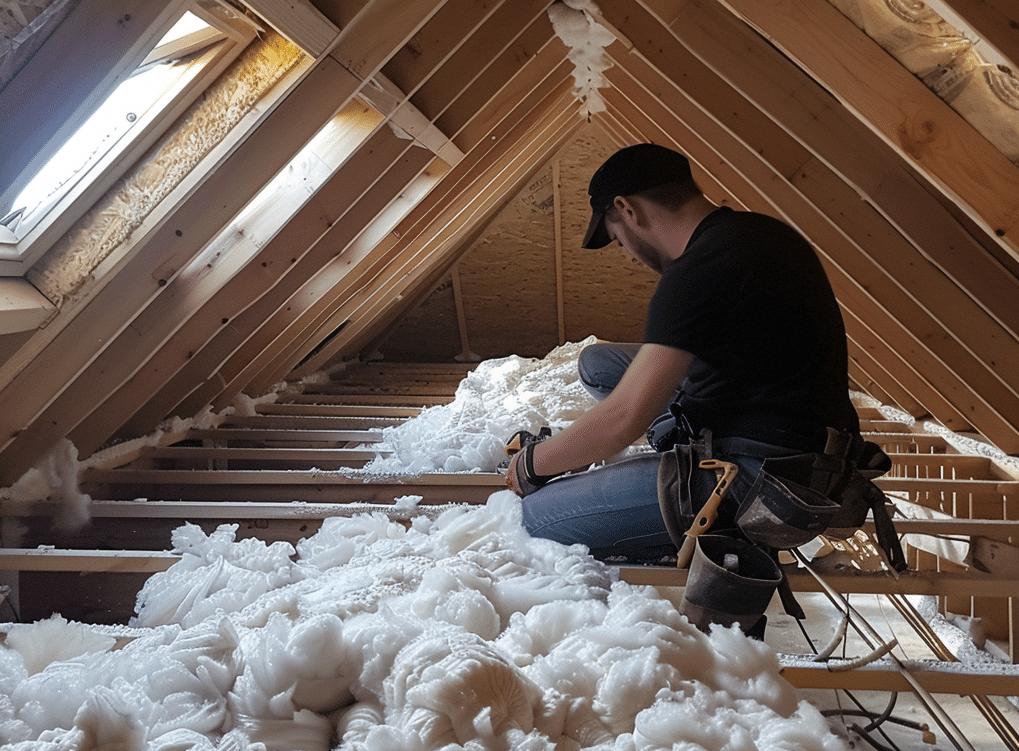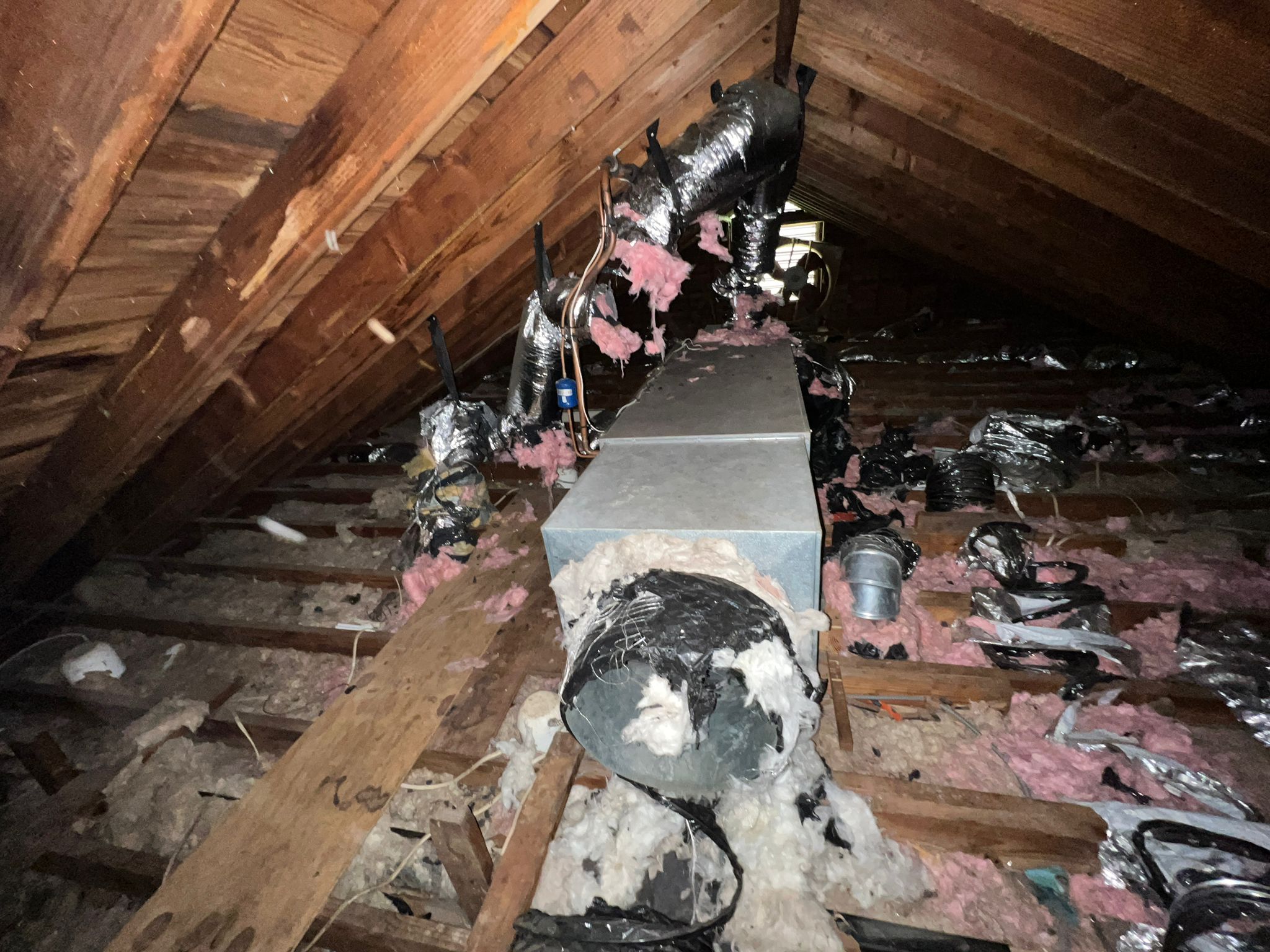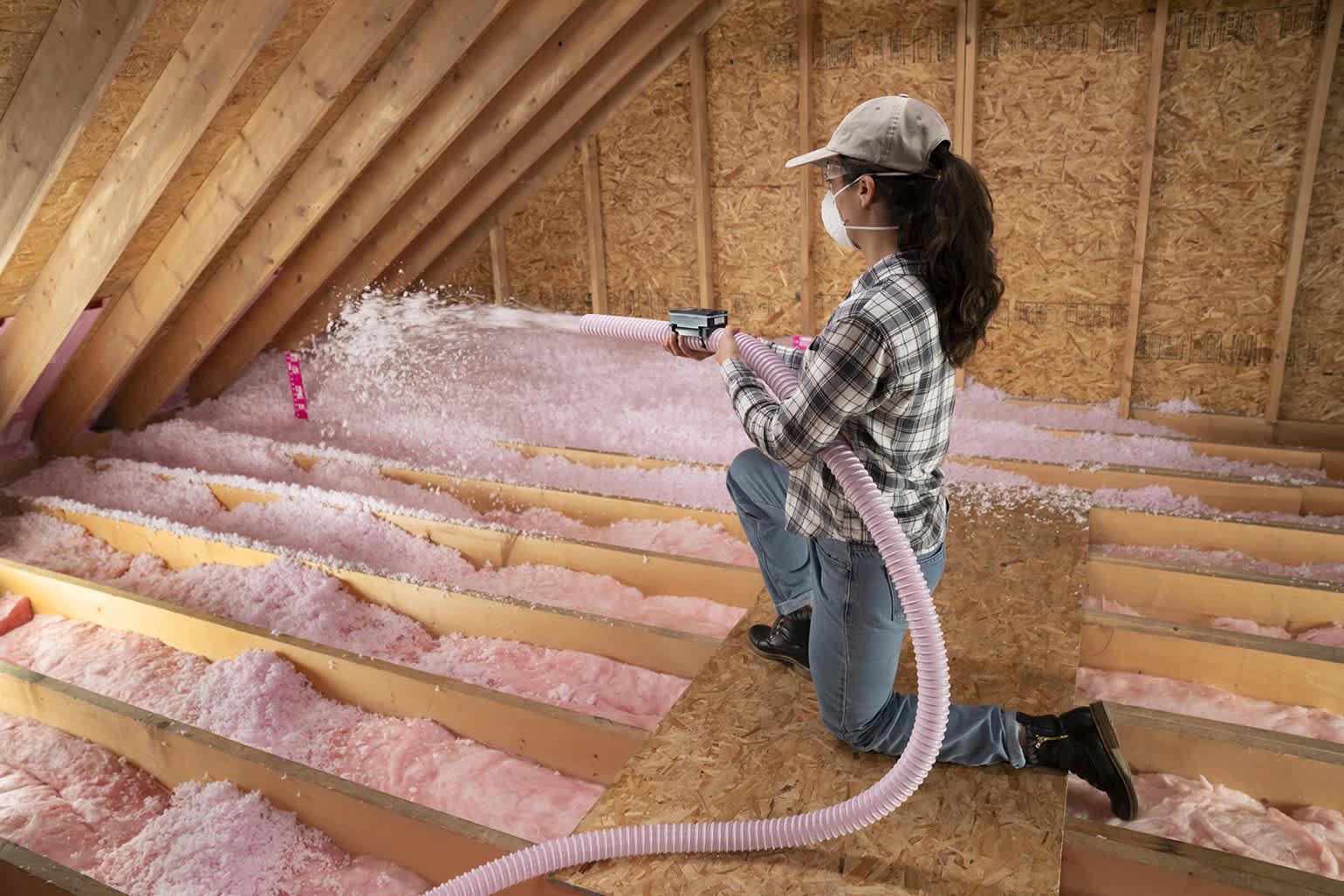Discover the Different Kinds Of Attic Insulation and Their Distinct Benefits for Your Home's Power Efficiency

Fiberglass Insulation
Fiberglass insulation is one of the most commonly utilized materials for attic room insulation because of its outstanding thermal performance and cost-effectiveness. Made up of small glass fibers, this product properly traps air, developing a shielding barrier that helps keep constant interior temperatures. Its high R-value per inch makes it especially efficient at resisting warmth transfer, which is essential for power preservation in homes.
Installment of fiberglass insulation is relatively simple, usually readily available in batts or loose-fill types, accommodating different attic arrangements. In addition, it is non-combustible and immune to moisture, minimizing the risk of mold development. This durability contributes to its long life, making fiberglass a feasible lasting investment for home owners.
In addition, fiberglass insulation is often made from recycled products, which boosts its eco-friendliness. The product can likewise contribute to soundproofing, reducing sound transfer between areas. While it is vital to put on safety equipment throughout installment to stay clear of inflammation from the fibers, the overall advantages of fiberglass insulation, including power savings and ecological factors to consider, make it a preferred choice for improving attic room performance and advertising a comfy living setting.
Spray Foam Insulation
Spray foam insulation is a highly efficient choice for attic insulation, understood for its remarkable air securing and thermal efficiency. This innovative insulation product is composed of a mixture of isocyanate and polyol resin, which, when integrated, increases rapidly to load gaps and cavities in the attic room. Its capability to stick to different surface areas guarantees a continuous obstacle versus air leaks, dramatically decreasing heat loss during chillier months and warmth gain throughout warmer periods.
One of the vital advantages of spray foam insulation is its high R-value per inch, which indicates it offers outstanding thermal resistance in a reasonably thin application. This is especially useful in attic rooms where room is often minimal. In addition, spray foam can aid decrease dampness buildup, reducing the threat of mold and mold development, which can be destructive to both the framework and interior air high quality.
While the preliminary cost of spray foam insulation may be greater than conventional options, its long-term energy cost savings, combined with enhanced comfort and boosted home worth, make it a worthwhile investment for house owners seeking enhanced power efficiency. Attic Insulation DFW. In general, spray foam insulation stands apart as an effective option for maximizing attic room insulation
Cellulose Insulation

Cellulose insulation is a prominent choice for attic room insulation, largely composed of recycled paper items treated with fire retardants. This eco-friendly alternative is understood for its outstanding thermal efficiency, effectively minimizing warm transfer in both summertime and winter season. The thick composition of cellulose permits it to load voids and spaces in attic room areas, providing a seamless obstacle against air leaks.
Among the significant benefits of cellulose insulation is its capacity to stand up to mold and mildew and parasites, owing to the fire retardant therapies utilized throughout production. In addition, it boasts a high R-value per inch, which equates into exceptional energy effectiveness. House look at this website owners can expect reduced home heating and air conditioning costs as a result of enhanced insulation.
Installation is typically accomplished through blowing loosened cellulose right find out here now into the wanted area, permitting a efficient and fast process. This approach additionally reduces interruption to the existing framework. Additionally, cellulose insulation has a reasonably reduced ecological influence, as its production procedure uses recycled materials, adding to lasting building methods.
Rock Woollen Insulation
Among the different alternatives for attic insulation, rock wool, additionally known as mineral wool, stands out as a result of its outstanding thermal and acoustic performance. Made from recycled or natural products, rock wool is created by melting rock and rotating it right into fibers, causing an item that uses superb insulation residential properties.
Among the substantial benefits of rock wool insulation is its high R-value, which shows its effectiveness in standing up to heat flow. This characteristic not just improves power effectiveness however also contributes to maintaining a comfy indoor temperature level year-round. Furthermore, rock woollen is inherently fire-resistant, making it a safer choice for homes as it can see page stand up to heats without melting or releasing poisonous fumes.
Moreover, rock wool insulation excels in soundproofing capabilities, successfully reducing sound transmission between spaces and from outside resources. Generally, rock wool insulation gives a detailed solution for improving power effectiveness, safety, and convenience in domestic settings.
Radiant Obstacle Insulation
Glowing obstacle insulation offers as an effective remedy for minimizing warmth transfer in attic rooms, specifically in warmer environments. This kind of insulation jobs by mirroring glowing warmth far from living rooms, consequently reducing the amount of warm that goes into a home throughout warm weather condition - Attic Insulation DFW. Typically composed of a very reflective product, such as light weight aluminum foil, radiant barriers are installed in attics, facing the roofing, where they can obstruct inbound warm from the sun
The key advantage of radiant obstacle insulation is its ability to reduced cooling costs. By mirroring warmth as opposed to absorbing it, glowing obstacles can aid keep a much more steady indoor temperature level, reducing the workload on air conditioning systems. This effectiveness converts into lower power bills and enhanced comfort for homeowners.
In addition to energy savings, glowing obstacles can likewise add to boosted interior air quality. By reducing warm build-up, they assist minimize humidity degrees, which can prevent mold and mildew development and boost total air flow. When installed appropriately, glowing obstacle insulation can be a very useful addition to any type of energy-efficient home, making it a worthwhile factor to consider for house owners seeking to boost their attic insulation strategy.
Verdict
In conclusion, recognizing the numerous types of attic insulation-- fiberglass, spray foam, cellulose, rock woollen, and radiant barriers-- allows property owners to make educated choices concerning energy performance. By selecting the suitable insulation product, substantial reductions in energy costs can be accomplished, along with improvements in interior comfort.

In conclusion, comprehending the numerous kinds of attic room insulation-- fiberglass, spray foam, cellulose, rock woollen, and radiant barriers-- enables homeowners to make educated choices relating to power efficiency.